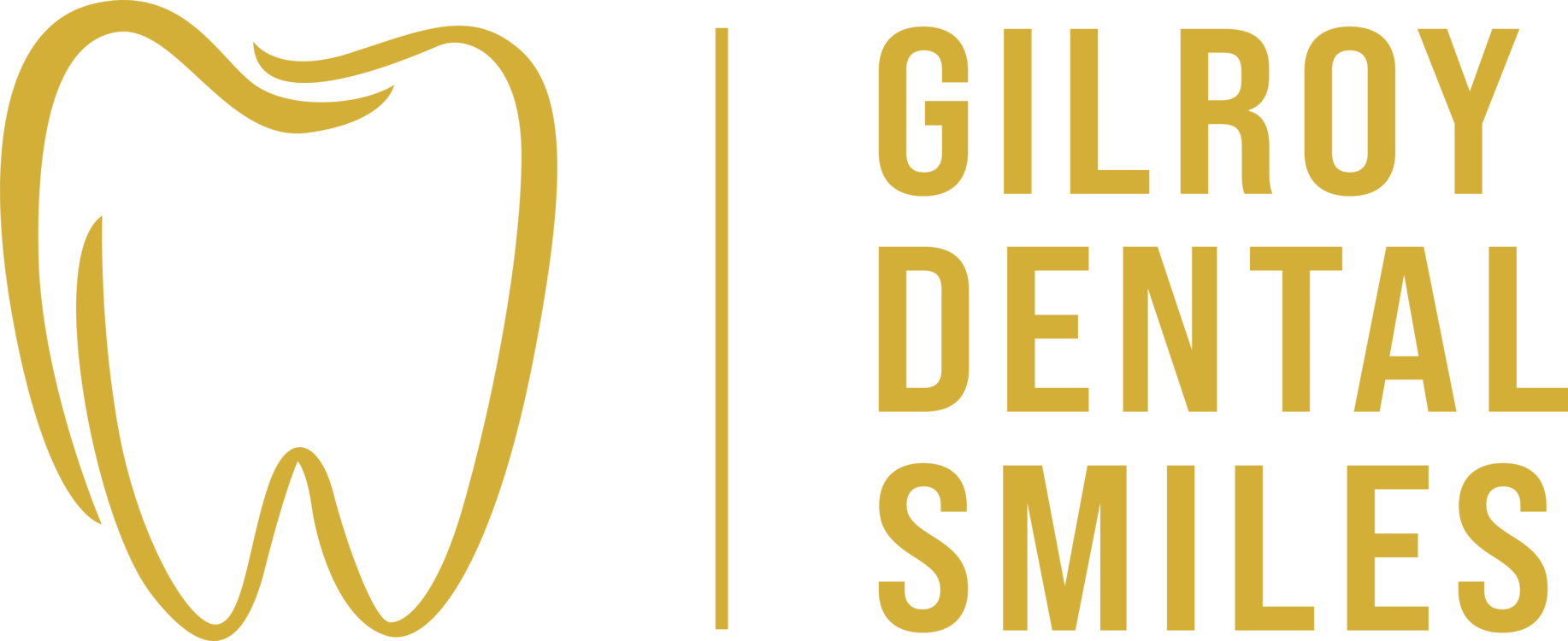Clenching, Grinding, and Jaw Pain
Temporomandibular Joint (TMJ) is the joint of the jaw. There are two TMJs, one on each side of the jaw, and they work in unison to open and close our mouths and allow us to chew and speak. A TMJ disorder (or TMD) is a chronic degenerative condition that can take years to develop and have serious consequences to your health and quality of life. When your jaw is misaligned, it can cause headaches, neck, and/or shoulder pain, clicking and/or popping sounds in the jaw, locked jaw, jaw pain, teeth grinding, and tinnitus (ringing in the ears).
Teeth Grinding
Many patients experience teeth grinding or clenching, known as bruxism. Occasional grinding may not cause harm, but frequent grinding can damage teeth and lead to oral health issues. Bruxism is often linked to stress, anxiety, an abnormal bite, missing teeth, or sleep disorders like sleep apnea. Since grinding occurs during sleep, symptoms such as headaches or a sore jaw may be the only indicators. If you suspect bruxism, speak with our dentist during your next visit. Untreated grinding can lead to tooth fractures, loosening, or even tooth loss, requiring restorative treatments like crowns or implants. To protect your teeth, ask about a custom mouth guard at your next appointment.
Clicking Or Locked Jaw
The temporomandibular joint (TMJ), located near each ear, connects your jaw to your skull and allows you to speak, chew, and yawn. If your jaw clicks or locks, you may have a temporomandibular joint disorder (TMD), caused by injury, inflammation, or other issues. TMD can make it difficult to move your jaw freely and may cause discomfort. Lifestyle changes like avoiding gum, reducing stress, using a night guard, eating softer foods, and taking anti-inflammatory medication can help. Severe cases may require professional treatment, though surgery is rare and only recommended if other options fail.
Treatment
When you come in for your appointment, we will assess your teeth and mouth for any visible signs of wear. If there is an issue, we will use a few different methods to understand why the issue is happening and develop a customized treatment plan for you. Some of the methods we use to determine if you have a bite issue include a complete oral exam, panoramic x-rays, model of your mouth using our 3D scanner, and high-definition photos.
Depending on your situation, there are generally 2 ways to correct a TMJ dysfunction. One solution is to use braces and possibly other orthodontic appliances to correct the position and development of your jaw. The 2nd option is to establish a physiologic bite position using an appliance for 2-3-weeks. Then using crowns to restore your teeth to their healthy position. It is always best to treat TMD as early as possible to prevent future oral health issues.
GILROY DENTAL SMILES
Schedule Your Visit Today for a Healthier Smile!
Experience gentle, expert dental care in a welcoming environment.!
GILROY DENTAL SMILES
SCHEDULE YOUR VISIT TODAY FOR A HEALTHIER SMILE!
Experience gentle, expert dental care in a welcoming environment.
All Rights Reserved | Gilroy Dental Smiles
All Rights Reserved | Gilroy Dental Smiles
Dental Website Designed and Powered by Dr. Marketing

